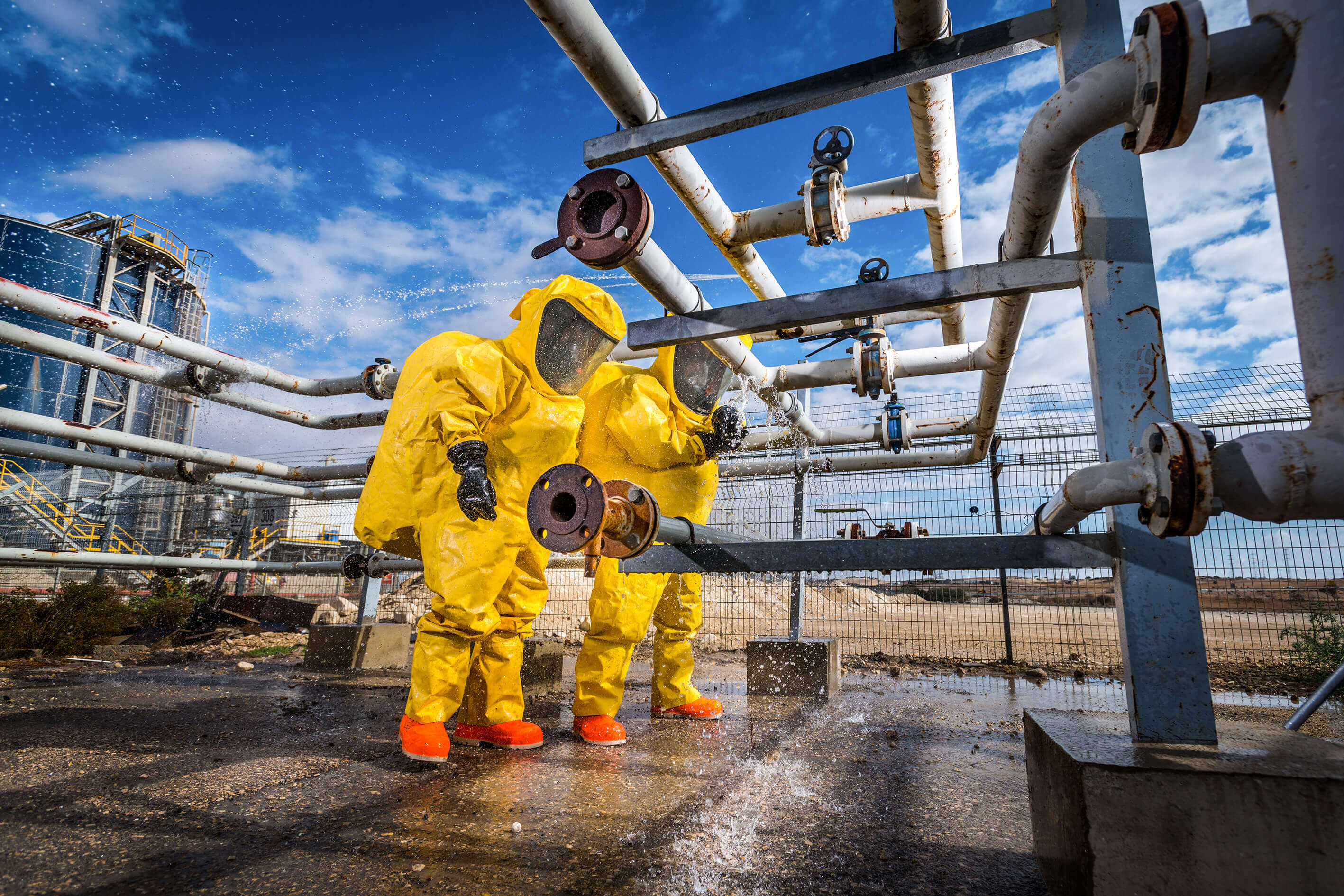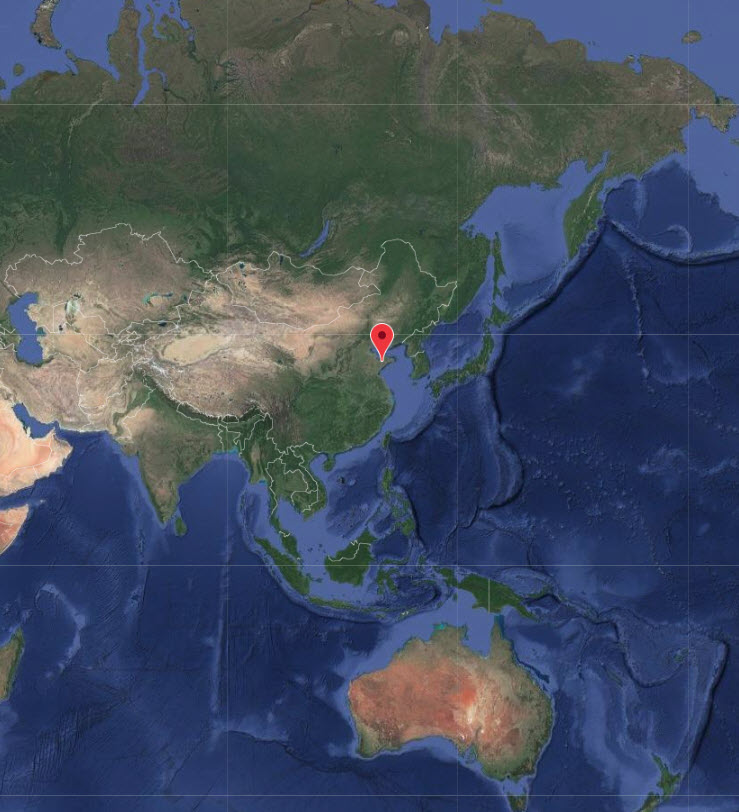Waste
ICL implements a “circular economy” approach. In Israel, primarily, the waste streams of some plants serve as input materials for other production processes. In other production sites, ICL uses streams from other companies as part of a broader value chain. The Company is trying to “close the loop” for both its production processes and its products. \
Most industrial processes have various types of byproducts. Some industrial wastes can be introduced back into the production processes, others can be used by other industries as part of industrial symbiosis. Some waste streams are sent to landfills. Some of our waste streams contain toxic pollutants that require specialized treatment. We track and manage all of our waste streams. We take various steps to reduce waste and try to maximize reuse and recycling.
Note: In the charts below, and unlike in other environmental indicators, we do not use 2008 as a base year. The reason is the PRTR law in Israel, which started in 2012. This law significantly expanded the streams defined as wastes in our Israeli sites. Therefore tracked waste data for 2008-11 in ICL Israel is incomparable to 2012 and onwards.
Non-Hazardous Waste
There are no clear trends in regards to the amount of waste produced in our plants. Amounts can vary greatly from year to year. The main reasons are the large amounts of wastes usually created in one-time construction/renovation projects, and certain wastes types which are accumulated in storage ponds or areas for several years before being transferred to treatment by external professional companies. Non-Haz waste quantities decreased by 9% in 2017 for such reasons.
Note that we have excluded from our non-haz waste quantities large amount of waste streams sold to recycling/reuse as raw materials- since we account these as products (however we do include waste streams where ICL pays an external treatment company which recycles the material). These excluded waste/product streams include 650-800 K tonnes of gypsum waste sold annually by ICL China YPH for re-usage, and ~80 K tonnes of Ash waste sold annually by ICL Rotem for re-usage.
Non-Hazardous Waste Treatment Methods
Hazardous Waste

Hazardous waste quantities increased slightly, by 1.6K tonnes, in 2017. The main reason for this increase (and also the previous increase in 2016) was a rise in the removal of filter cake waste, a significant waste stream which heavily fluctuates between years (and is removed only following specific accumulations). Since this waste type cannot be recycled by current means, this also increased the proportion of landfill within treatment methods. More than 95% of hazardous waste is treated in countries of origin.
Hazardous Waste
Hazardous Waste Treatment Methods
Most of our waste streams are either directly treated by ICL, or treated by an external certified vendor- with whom the disposal method is directly confirmed. For some specific waste streams, the information is provided by a recognized waste disposal contractor.




